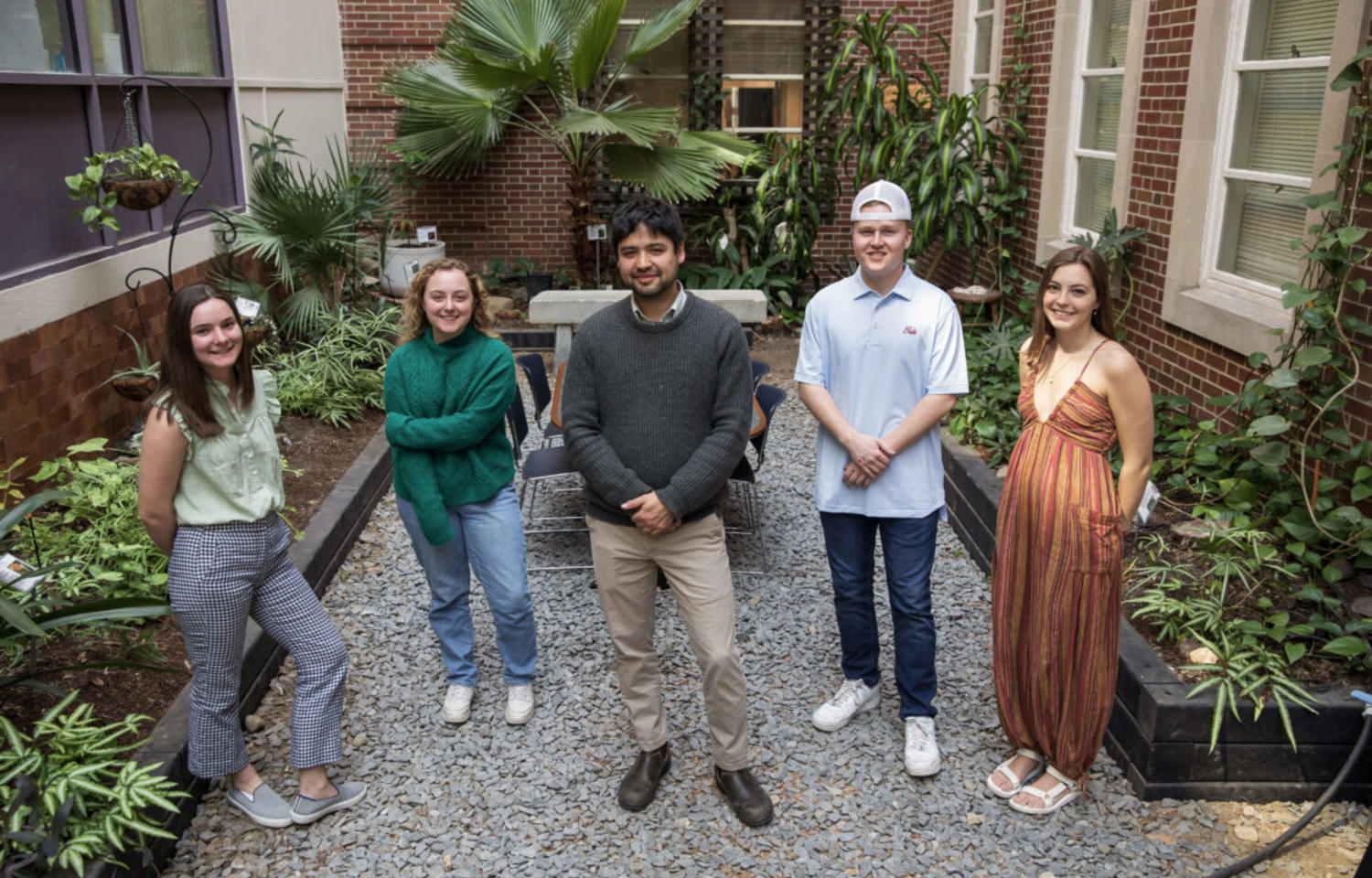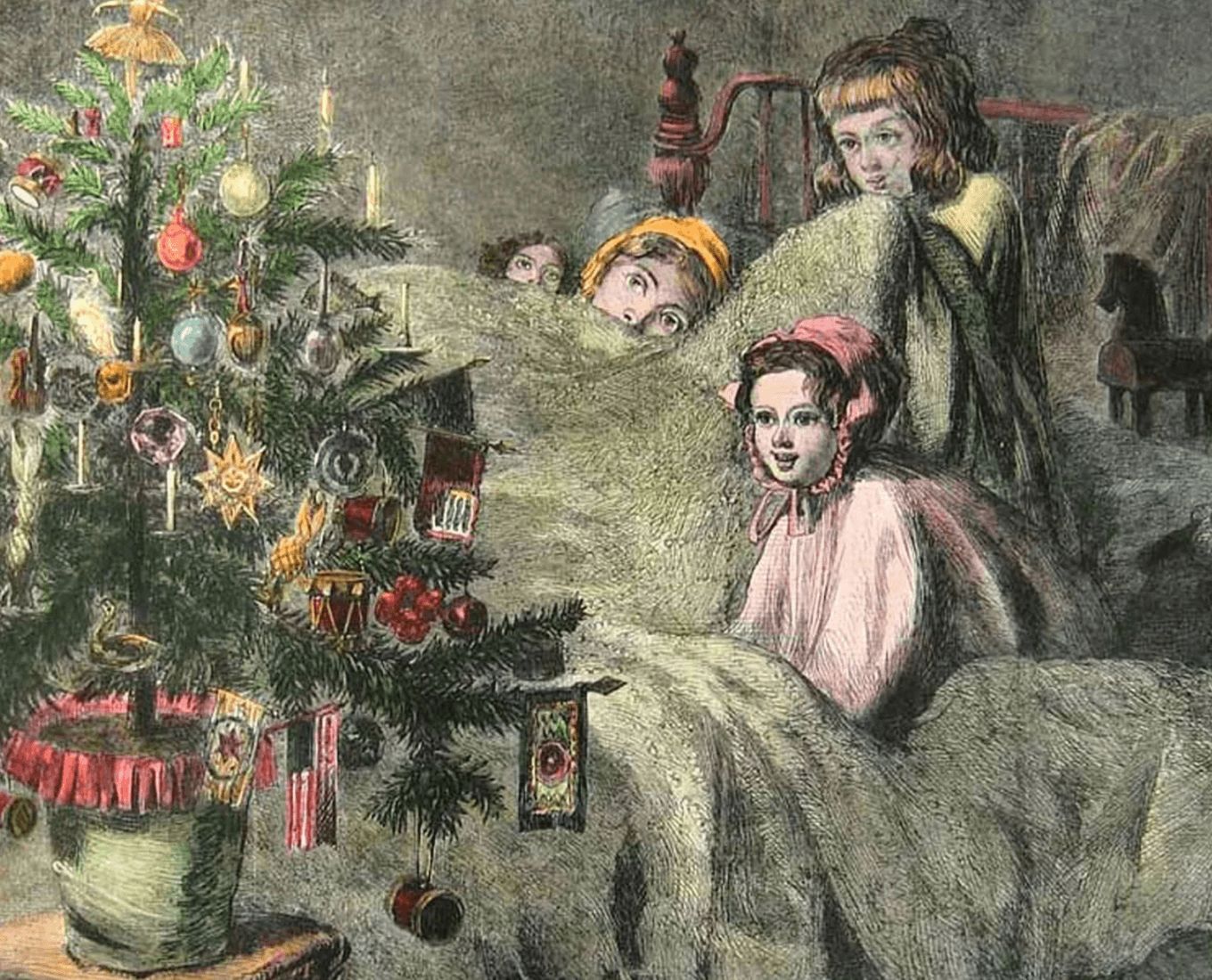As a young teacher in the South Bronx, Nicholas Geron focused on engaging his high school students not only in their courses, but also in their environment. At a time when New York City was investing in its Million Trees initiative, Geron’s goal was made easier by literally having an urban forestry lab located outside the school’s front door.
Today a visiting lecturer in environmental studies at Holy Cross, Geron is combining his research in urban landscapes and course work with Holy Cross students, collaborating with them on ways to aid the future of Worcester’s trees and promote greater tree cover and environmental equity in the city’s underserved neighborhoods.
With his research focused on urban landscapes, Geron had an interest in studying the city’s trees and the College’s 175-acre arboretum.
“I try to bring my research into the classes and collaborate on projects that allow them to put their own stamp on the research,” said Geron, who recently completed his Ph.D. in geography.
Student research concluded that Worcester is currently planting more trees in historically marginalized neighborhoods that previously were subject to higher temperatures and fewer shady spaces.
“We did our research as we normally would in our other bio classes, but somewhere along the way, we realized this research is of value and would really benefit the local community and students at Holy Cross,” said Abigail Bryant ’23.
“For me, especially at the undergraduate level and at a college like Holy Cross, I don’t see teaching and research as inherently separate,” Geron said. “Getting them out of the classroom into an environment where they can use their skills, collect data and then present and defend their findings in front of other experts is way better than me reading them information from a bunch of scientific papers.”
Over the past academic year, Geron’s students inventoried trees in Worcester's 60-acre Elm Park and analyzed the city’s replanting program in the wake of the 2008 infestation of the Asian Longhorn Beetle, which destroyed more than 25,000 trees across Worcester. Students’ preliminary research indicates that the lack of tree diversity at the time of the infestation contributed to the massive loss. The city’s current emphasis is on diversifying the species of trees planted, with a focus on underserved neighborhoods, in an attempt to improve biodiversity and provide greater tree cover.
In the spring, the students presented their research during a Trees in the City session at the Association of Geography’s conference in Denver. They hope to present their findings to the Worcester Urban Forestry Commission.
“The students really took ownership of their work. What they completed is truly impressive,” Geron said.



